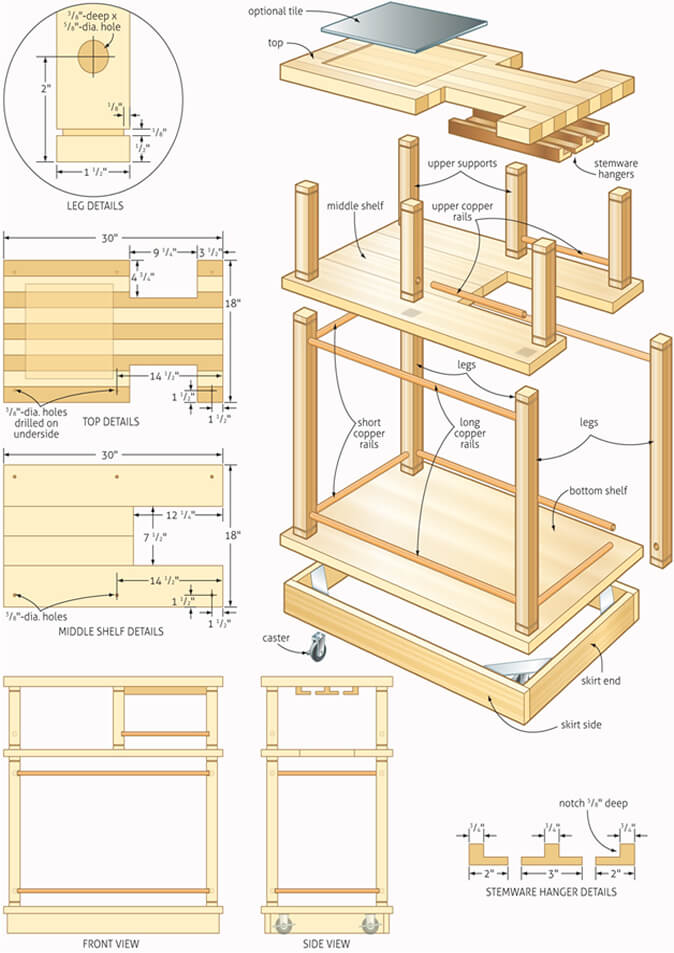Sandbags are heavy, expensive, and don’t always work.
You need to protect your home from flooding but you’re worried about the cost of sandbags.
There are many other alternatives to sandbags that can help you save money and time, while also providing a better solution for protecting your home or business from floods. Here’s a list of some reliable flood protection options you might want to consider before buying sandbags.
1. Transportable Flood Fence Barriers
One of the most effective ways to prevent flooding is by purchasing transportable flood barrier fences. These are only as large as businesses or homes need them to be, so you don’t have to worry about them taking up too much room. You can also install these barriers faster than sandbags and save some money on the installation fees.
2. Floor Protection Panels
Floor protection panels are mesh sheets that cover the floors of homes and other buildings. They help keep floodwater out while also protecting your flooring from damage. You can use these to make sure that whether there is heavy rain or a storm, your home doesn’t suffer any water damage.
3. Silt Fence Water Bags
Silt fence water bags attach to silt fence fabric, but they have an inflatable bladder instead of sand inside them. This helps to ensure there’s less weight available for the floodwater to push around than there would be if you were using regular sandbags.
4. Floodwall Panels
Floodwall panels are similar to transportable flood fences in that you’ll only need as many as you need, so it’s easier to save money on these than it is with sandbags. These panels are ideal for keeping the floodwater away from your home or business for years while also providing more protection against different types of water damage.
5. Retractable Flood Wall Bollards
Retractable flood wall bollards are one of the most stylish solutions to flooding concerns that people have because they come in many different colors and styles that allow them to fit in with any type of property or decor. They’re also quite easy to install, ensuring you can keep your home protected even when there’s a lot going on around you. You’ll want to make sure you have enough retraction capability available if you have much distance between your home and the floodwater.
6. Flood-Resistant Landscaping
Even if you take every precaution you can to prevent flooding, it’s possible you’ll experience some water damage at some point in your life. If this happens, then it’s essential that you have landscaping that is resistant to flooding in place around your home or business. Plants with deep roots are far more effective than higher growing plants when there are high winds and torrential rains. You can also use new plant types on your landscape so that they’re less likely to suffer from damage related to wetness while still looking good no matter what type of weather you’re dealing with. You may even want to replace old trees on your property with new ones instead of trying to save them.
7. Flood Doors
Flood doors are an essential part of any flood protection system; however, it’s hard to find the right kind for your property because they come in so many different styles and types. Some protect the main entry point into your home while others have the ability to cover multiple doorways within the space or building you’re trying to protect. If you’re not sure which type will work best with your property, then consult a specialist that can tell you what will help you keep flooding away from your home.
8. Infrared Grade Sensors
These sensors detect when water levels get too high and automatically activate pumps and other systems that start moving water out of your basement or first floor before it has a chance to cause you any damage. If flooding is an ongoing problem, then these devices might save you a lot of money on repairs down the road. You can even use them as part of your overall flood prevention system to ensure that when something happens, it doesn’t get out of hand before you have a chance to solve the problem yourself or contact emergency services for help.
9. Plastic Poly Tube Flood Barrier
You can use a plastic poly tube flood barrier as a secondary line of defense when you’re keeping floodwater away from your home. This is one of the most cost-effective alternatives to sandbags because it doesn’t require any filling with heavy materials that could cause damage if they fall out of place during an earthquake, hurricane, or another type of disaster.
10. Mesh Barrier Bag Gravity Water Prevention System
If you have multiple homes or properties worth protecting on your property, then these gravity water prevention systems might be ideal for your needs. They attach to existing eavestroughs and are designed so that even if water flows over the top of them, it still gets directed into the sump where it’s pumped out rather than becoming trapped where you can’t move it.
11. Inflatable Dam
Inflatable dams work like a secondary floodwall that forms around the exterior of your home or business and directs water away from it instead of inward. They’re often used by farmers to direct excess water into their fields and away from homes so both properties stay protected. You can also use these options to divert additional water in case your other defenses aren’t able to hold up any longer.
12. Garbage Bags Filled with Dirt
If you’re dealing with a lot of floodwater and sandbags aren’t an option, then garbage bags filled with dirt might be the next best thing. It’s still not as good as having real flood protection in place, but it could help if you need to keep water out while waiting for better defenses to arrive.
13. Stormbags
Stormbags are a good alternative to sandbags for people who don’t want to keep using the same defense over and over again. They work without filling them with sand or water, which means they’re far easier to place in position and move around when necessary as they’re not so heavy. This also makes them a lot less likely to cause damage if something happens that knocks them out of place on your property during an earthquake or other type of disaster.
14. Absorbeez
Absorbeez are another good alternative to sandbags that comes with a lot of benefits. They’re lightweight, inexpensive, reusable, and easier to use than sandbags on any level. If you want an affordable solution that still works like it’s supposed to when you need it most, then this is probably the best option for your needs.
15. Sorbarix
The reason this flood barrier works so well is that it absorbs the shock of water hitting your home or business and directs it into a sump where you can get rid of it before it becomes trapped in an area you can’t do anything to help. This means that no matter how powerful a hurricane or other type of storm is when it hits, you shouldn’t have to worry about damage if you’re keeping floodwater away with these barriers.
16. Nylon Mesh Waterproofing
When you use nylon mesh waterproofing on your property, then water should be able to pass through without causing any problems down the road. It also serves as a secondary defense against flooding because even if some water manages to get past your first line of protection, then it should still stay within the property and not become trapped.
17. Hydrabarrier
These inflatable barriers work as a secondary line of defense to keep water away from your home when you can’t use sandbags. They’re highly effective against a wide array of disasters, including tsunamis and hurricanes as well as flooding triggered by earthquakes, sewer backups, or other issues that cause extensive shoreline erosion.
18. SpeedBlock
SpeedBlocks are another good option for keeping water away from your home during extreme flooding conditions because they’re lightweight and easy to move into position. This makes them ideal if it’s hard to install flood control systems in the concrete before foundations are poured on any level.
19. NoFloods Barriers
NoFloods barriers work like the secondary defense line of a moat to keep floodwater away from your structure so it can’t get trapped where you can’t do anything about it. When water flows over the top, then it gets directed into a sump pump area where you can siphon off as much of it as necessary before using the rest for irrigation purposes when possible.

